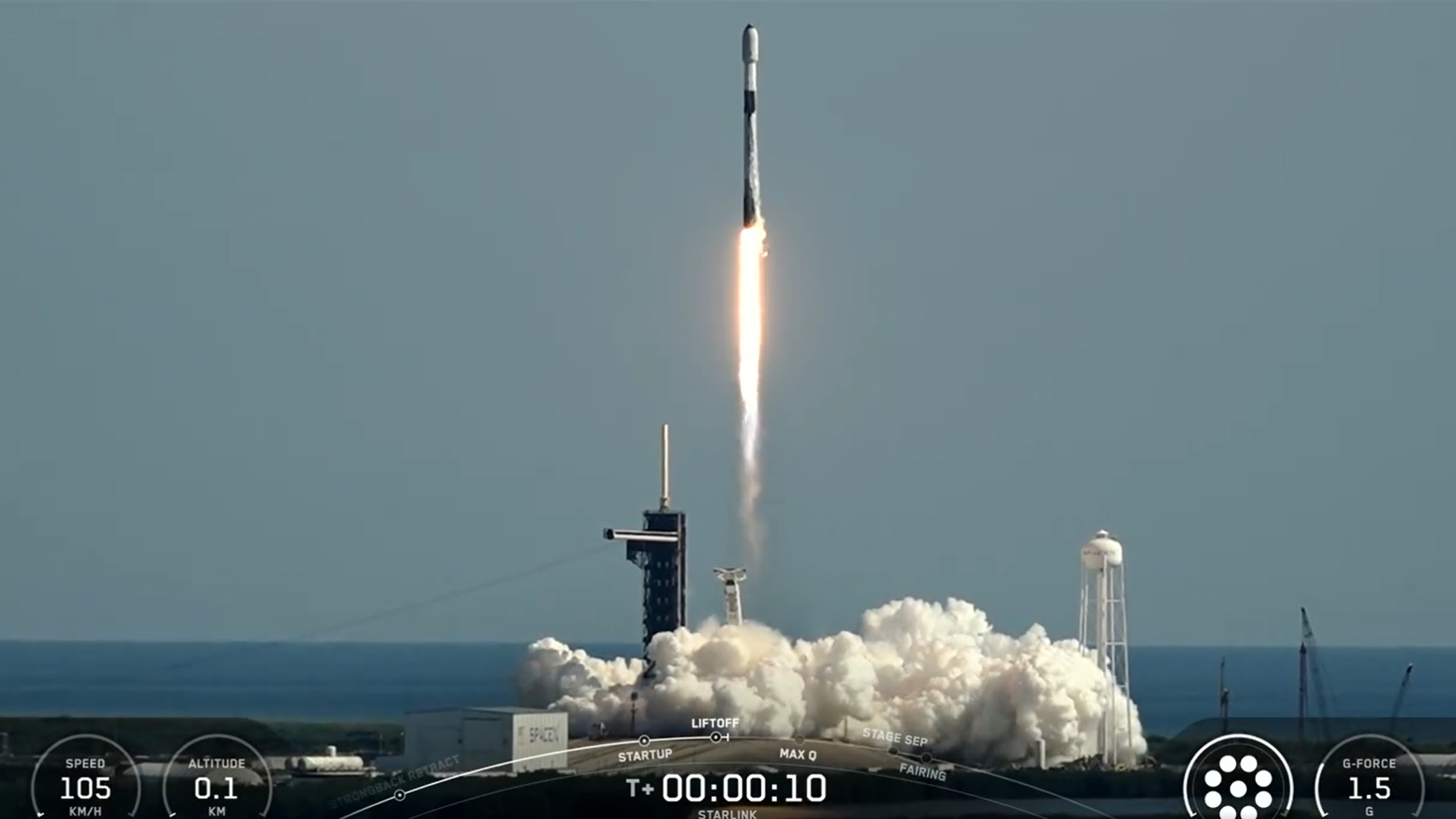SpaceX Strengthens Global Connectivity with Successful Launch of 27 Starlink Satellites and Precision Rocket Landing
A Powerful Morning at the Space Coast
In a powerful display of precision engineering and orbital ambition, SpaceX successfully launched 27 Starlink satellites into low Earth orbit on the morning of May 28, 2025. The launch took place at 9:30 a.m. Eastern Time from Launch Complex 39A at NASA’s Kennedy Space Center in Florida, a historic site known for launching both Apollo and Space Shuttle missions.
This mission, dubbed Starlink 10-32, marks another step forward in the company’s ambitious plan to provide high-speed internet access across the globe—especially in underserved and remote regions.
Reusability in Action as Falcon 9 Lands Smoothly at Sea
The Falcon 9 rocket, fitted with a flight-proven first stage booster known as B1080, executed a flawless ascent before separating from the upper stage and beginning its return to Earth. Just eight minutes after liftoff, the booster completed a controlled descent and landed gracefully on the autonomous droneship stationed in the Atlantic Ocean.
This marks the 19th successful flight and landing for booster B1080—an impressive milestone that showcases SpaceX’s commitment to reusability. Of these missions, 13 were dedicated to Starlink deployments, underlining the booster’s critical role in building out the company’s satellite internet network.
Deployment of Starlink Satellites Expands Global Internet Coverage
While the first stage made its return journey, the Falcon 9’s upper stage continued its climb into orbit, ferrying the 27 satellites to their designated positions in low Earth orbit. The satellites are expected to deploy around 64 minutes after liftoff, enhancing the growing Starlink constellation, which now boasts more than 7,500 operational satellites.
Once in orbit, these satellites will integrate into the broader Starlink network, contributing to improved internet connectivity for users across continents, oceans, and rural landscapes.
A Record-Breaking Year for Launches
This successful mission represents the 64th Falcon 9 launch of 2025, and notably, 48 of these launches have been dedicated to Starlink deployments. The pace of these missions underscores SpaceX’s aggressive rollout schedule to provide global internet coverage and increase satellite redundancy for more stable performance.
In addition to its Falcon 9 missions, SpaceX has also made significant strides with its next-generation Starship rocket, which has launched three times in 2025 alone. Starship is designed to support missions beyond Earth orbit, including planned crewed missions to the Moon and Mars.
Looking Ahead in Space Exploration
SpaceX continues to redefine the boundaries of commercial spaceflight. With each successful Starlink launch and booster recovery, the company brings the world closer to a future where space access is routine and internet connectivity is universal.
As the Starlink constellation grows, the benefits will extend far beyond just fast downloads—offering connectivity in disaster-struck regions, advancing scientific research in remote locations, and bridging the digital divide globally.
With missions stacking up and development of new technologies like Starship progressing rapidly, 2025 is shaping up to be one of the most dynamic and transformative years in modern spaceflight history.
